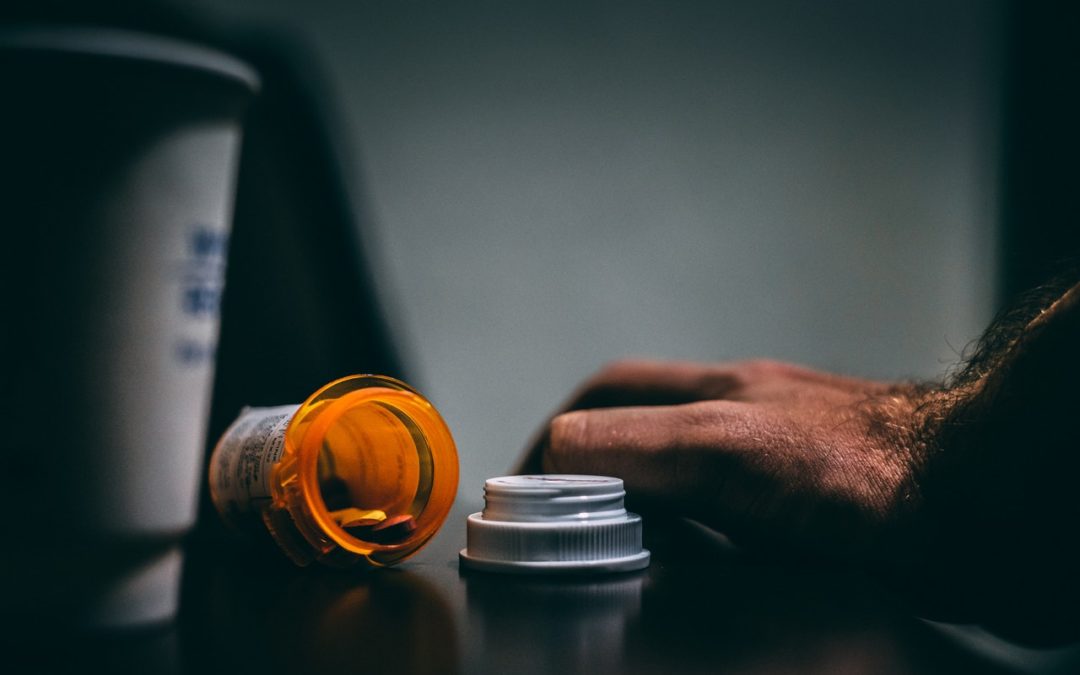A controlled substance refers to either a drug or a chemical whose manufacture, possession, or use is controlled by any type of government. This could apply to either prescription medications or illegal drugs. Opioids fall under the medicinal category, but they are highly abused, making them also illicit.
Opioids work as pain relievers by binding themselves to opioid receptors in body parts such as the brain and spinal cord. They decrease the pain messages being sent to the brain, resulting in lower discomfort for a patient. The effects are morphine-like, in that they don’t actually treat the underlying cause of the pain, they merely block the pain signal to provide relief. Types of prescription pills might include oxycodone, codeine, or Vicodin. In certain cases, synthetic opioids like fentanyl are even used as anesthesia for surgery. There are also illegal street versions like heroin. Not surprisingly, all opioids have a very high addiction rate.
Morphine first came onto the scene during the Civil War as an anesthetic on the battlefield. Many soldiers became morphine addicts as a result. Bayer started producing commercially available heroin towards the end of the 19th century because people were not as educated about its addictive powers yet. The idea was to wean morphine addicts by replacing them with heroin because it was considered to be less habit-forming.
In the early 20th century, Congress passed the Harrison Narcotics Act, requiring a prescription for any narcotic purchase. A few years later, the Anti-Heroin Act was established, banning the sale anywhere in the United States.
In 1970, the Controlled Substances Act was created. Groups of drugs were classified by their likelihood of abuse. Schedule I drugs are the most addictive, closely followed by Schedule II. Heroin is considered to be a Schedule I, whereas morphine, fentanyl, oxycodone, and methadone are all deemed to be Schedule II drugs.
In the mid-90s, a brand of oxycodone called OxyContin is marketed as a safe pain pill by Purdue Pharmaceuticals. Their proof was largely based on a 1980 study claiming that narcotics were a viable alternative for chronic pain sufferers. The American government sued them successfully for false advertising and they were forced to pay hundreds of millions of dollars in fines. Lawsuits continue to face pharmaceuticals and extreme education campaigns to drastically reduce opioid addiction have been promoted by doctors, hospitals, and therapists.
For the past decade, the DEA has made countless arrests of doctors, healthcare providers, and pharmacists who continue to abuse the addictive nature of opioids. The CDC now has specific guidelines for prescribing opioids for patients who suffer from chronic pain.
